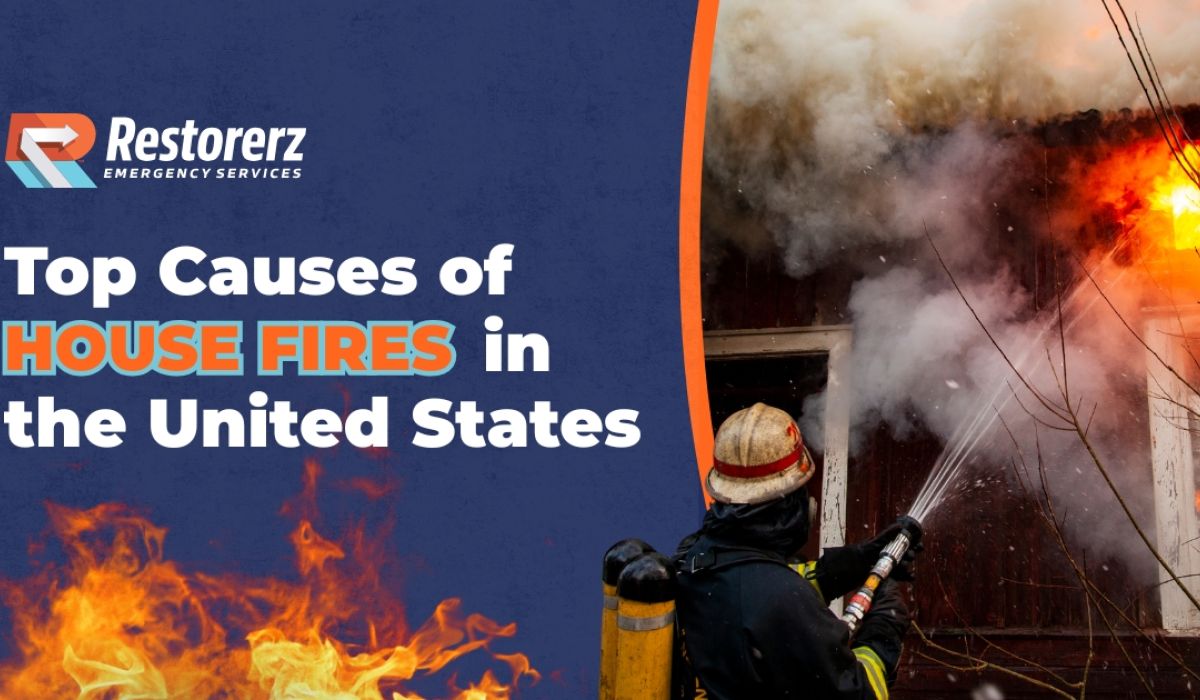Smoke Damage: A Comprehensive Guide

CEO, Restorerz Emergency Services
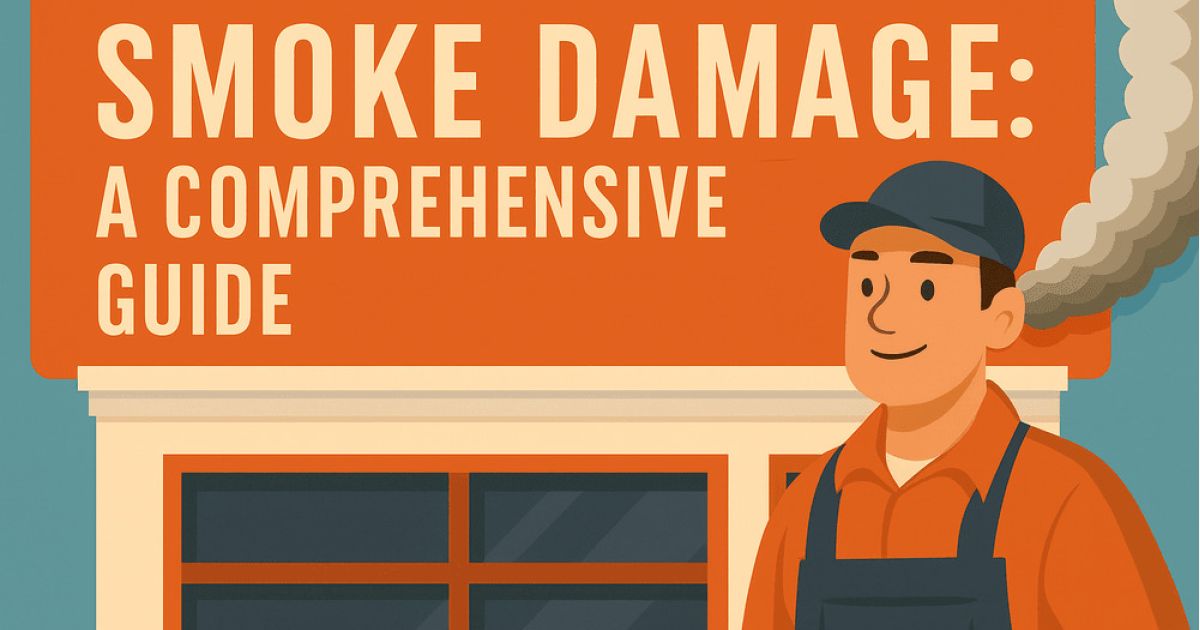
Los Angelinos know all too well how devastating a fire and the resulting smoke damage can be. Dealing with smoke damage is something nobody wants to have to do, but if you’ve had fire damage to your home or business, it’s best to take care of the problem fast to avoid further problems in the future.
Call Restorerz now, and we’ll come assess the damage, remove standing water, and clean, sanitize, and remove smoke and soot before repairing and reconstructing the building. With our help, your property will be restored to its pre-loss condition, meeting IICRC standards, so your life can get back to normal, and you can be confident in your comfort and safety.
Table of Contents
Types of Smoke Damage
There are different types of smoke damage.
Dry smoke
Dry smoke is the most common type of smoke, created when wood, paper, cotton, and other natural materials burn at high heat and vaporize. It’s extremely destructive, with tiny particles and powdery residue that stain most materials, penetrate tiny crevices, get into all porous materials, and cause strong smells and structural damage to homes, including HVAC and electrical systems. It’s also abrasive and acidic, scratching glass and marble and causing acidic etching on furnishings and other surfaces.
Wet smoke
When a fire has insufficient oxygen, it smoulders at low heat for a long time. Not a lot of material burns, but lots of thick, black, oily, sooty residue is produced. Wet smoke is difficult to clean because it penetrates deep into porous materials and can rust and corrode metal, while discoloring and warping wood. The smell is strong, harsh, and difficult to eliminate because of the gummy, oily residue it leaves behind.
Protein residue smoke
Protein smoke comes from burning organic materials like food, most commonly occurring in kitchens. Proteins have fat that, when burned, turns into a very fine mist that spreads far, penetrating porous surfaces with an oily residue. This smoke doesn’t stain hard surfaces, and the damage is difficult to see, making it very difficult to clean.
Oily/fuel smoke
While burning fuels and oil isn’t the cause of most house fire smoke damage, it is common in commercial fires, as well as sheds and garages outside the home. The petroleum residue that oily smoke leaves behind is extremely hazardous and toxic, smells foul, and is difficult to clean. Fabric cannot be salvaged once it comes into contact with fuel smoke.
Assessing Smoke Damage
The first step in remediation is a professional assessment. At Restorerz, our IICRC-certified professionals will use the latest technology and knowledge to thoroughly inspect the property. Once they determine the extent of the house’s smoke damage, they’ll work with you to create a comprehensive restoration plan.
Most wood and upholstered furnishings will be negatively affected, painted walls may peel, and the smell and discoloration can cause permanent damage unless it’s treated quickly. We’ll go over everything, removing debris, ventilating the space properly, cleaning, and using odor-neutralizing technology to save as much of your property as possible.
Health Risks and Safety Precautions
We recommend avoiding burned and smoke-damaged property completely until a professional inspection has been done, and even then, you should wear personal protective equipment like a mask and skin protection to avoid contact with contaminants. Turn off your HVAC system to avoid spreading smoke particles further into the house, and open the doors and windows to let fresh air in.
Even with good ventilation in the room, you may breathe in dangerous chemicals that cause serious lung damage or touch irritants until all contaminants are completely removed. Particles will also embed into clothing and other fibres. The safest way to handle smoke damage is to call a restoration expert.
Smoke Damage Restoration Process
At Restorerz, we’ll do all we can to return your home to its pre-smoke-damage condition. After a professional inspection, we then:
- Protect against further damage by boarding up and tarping damaged walls, roofs, and windows.
- Remove all standing water.
- Remove all non-salvageable materials, like damaged furniture, walls, carpet, etc.
- Clean soot and smoke from all surfaces using specialized equipment and techniques.
- Clean, sanitize, and dry all surfaces completely, to IICRC standards.
- Start working on repairing and reconstructing your property to its pre-loss condition.
Addressing Smoke Damage in Different Areas
Along with the walls, ceilings, floors, and furniture, these are the other parts of your home that need special attention after smoke damage.
| Area | Damage Concerns & Recommendations |
|---|---|
| Appliances and Tools | Soot residue inside appliances can be a fire hazard. Consider replacing or having them professionally cleaned to ensure internal safety. |
| HVAC Systems | Smoke particles and contaminants can spread through your HVAC. Thoroughly clean ducts, replace filters, and consider using HEPA filters before restarting the system. |
| Electrical Systems | Hire an electrician to inspect outlets, switches, lighting, and wiring for residue or hidden damage to ensure safety before use. |
Insurance Considerations
Restorerz is approved to work with all insurance companies, and we’ll help document all the damage and the cleanup process completely, with detailed invoicing and help every step of the way.
You can also help move your insurance claim along by creating an inventory of damaged and destroyed property and taking pictures of the damage before, during, and after we’ve restored the space.
What to Do After Your Home Has Experienced Smoke Damage
If your home has smoke damage, it’s important to act fast. The sooner you begin the restoration process, the better the outcome will be. Call Restorerz right away. We offer 24/7 emergency service to Southern California and Las Vegas, and we can be at your home in 60 minutes or less to take a look.
For comprehensive smoke and fire damage restoration services and peace of mind in California, trust Restorerz to be by your side. Contact us today using our online form, or call us at (844) 234-1800.

![What is Green Mold [Comprehensive Guide]](/wp-content/themes/yootheme/cache/ef/Restorerz-What-is-Green-Mold-1200x630-10.22.2025-v1-efa9ac85.jpeg)
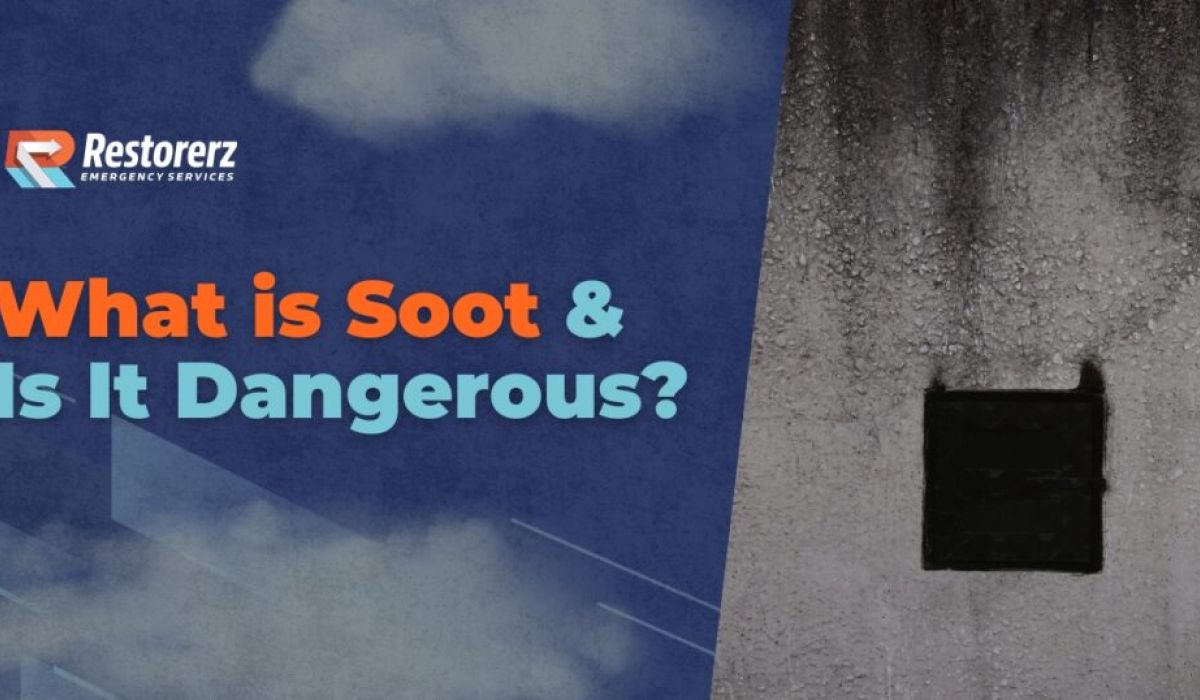
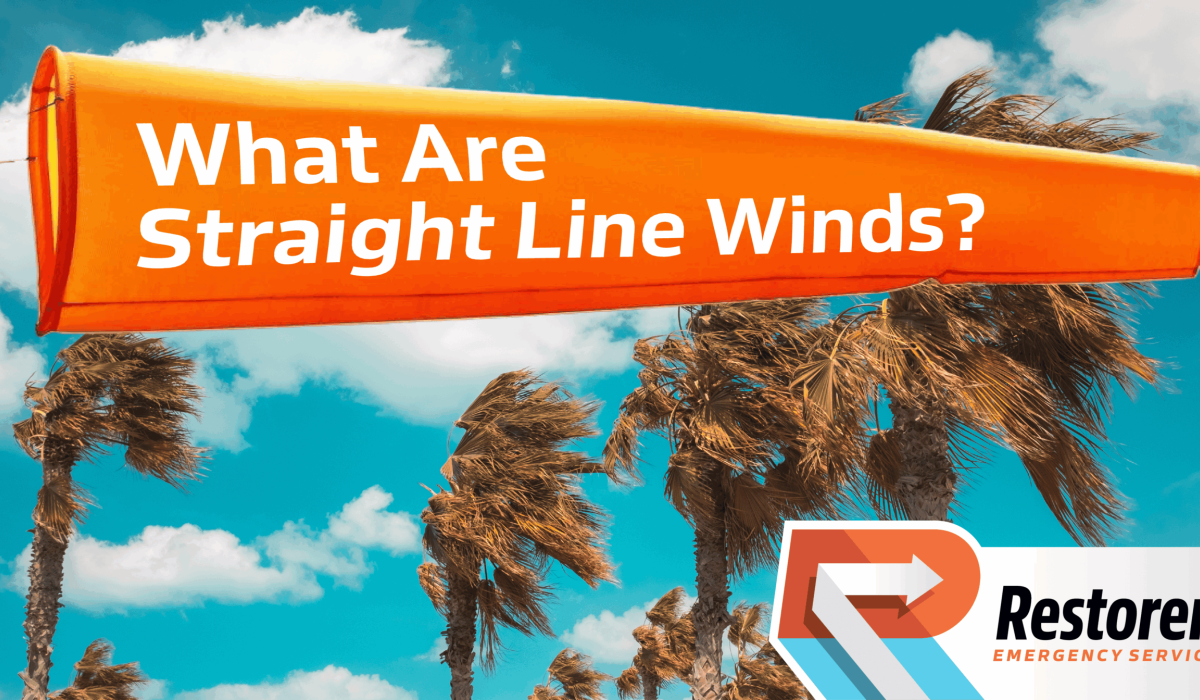
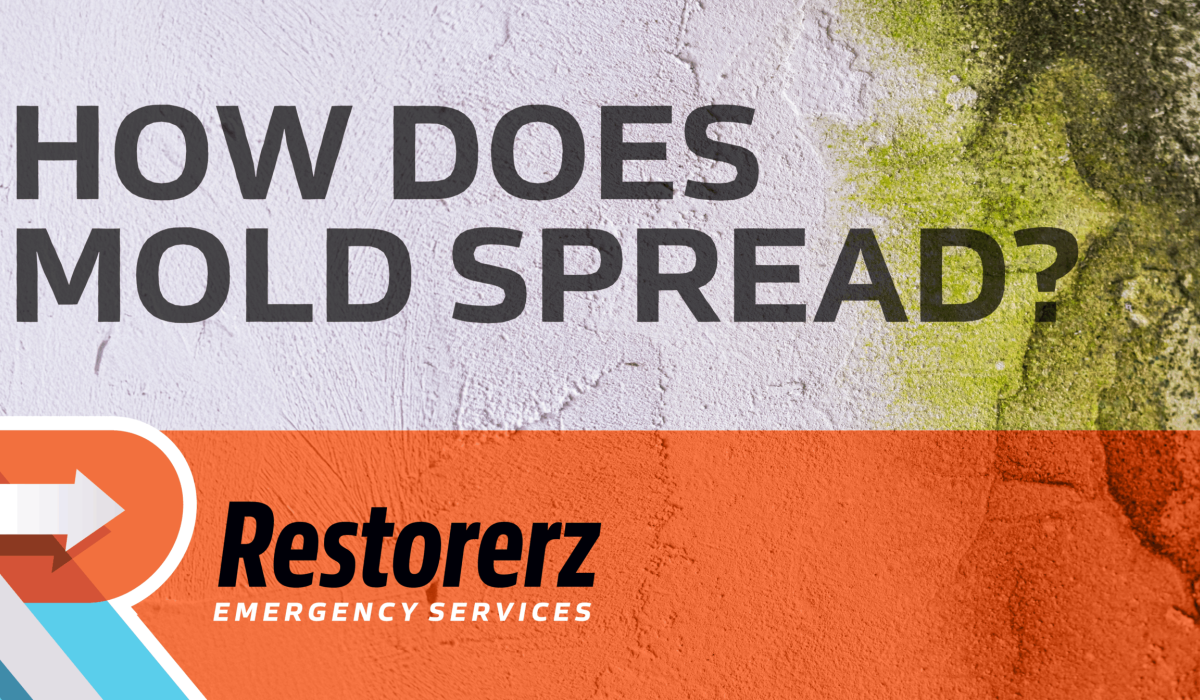
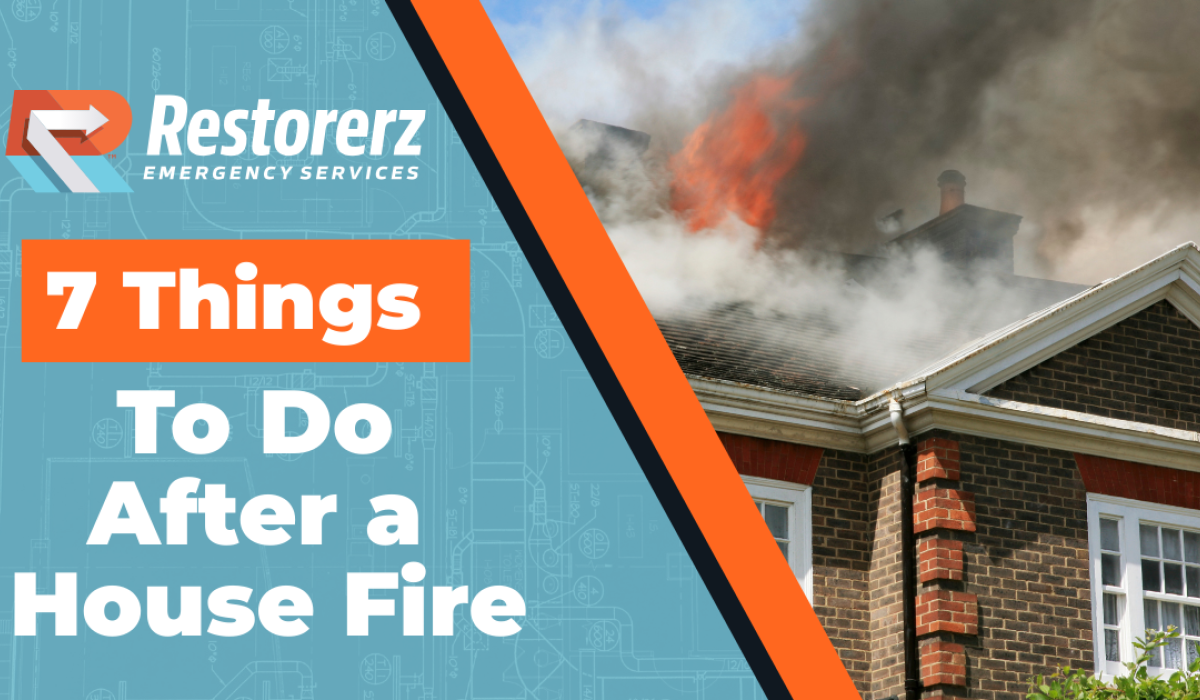

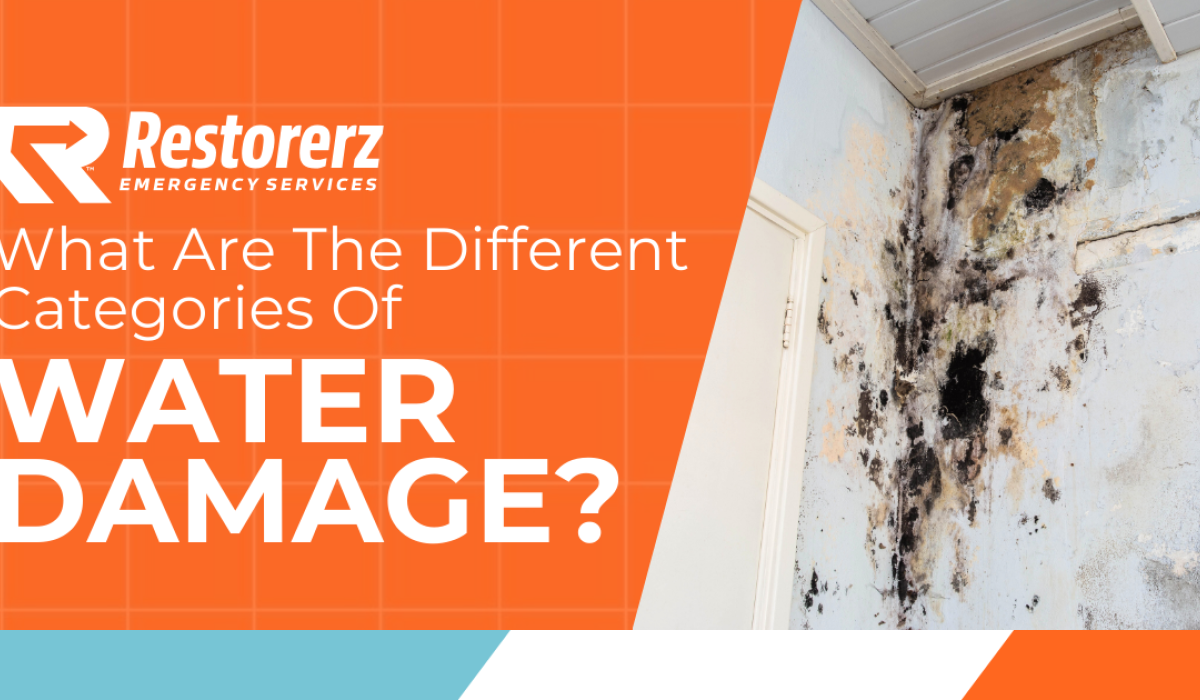

![All About Pink Mold [Prevention & Remediation Strategies]](/wp-content/themes/yootheme/cache/3a/Restorerz-Blog-All-About-Pink-Mold-Prevention-Remediation-Strategies-1-3a7c91cf.png)
